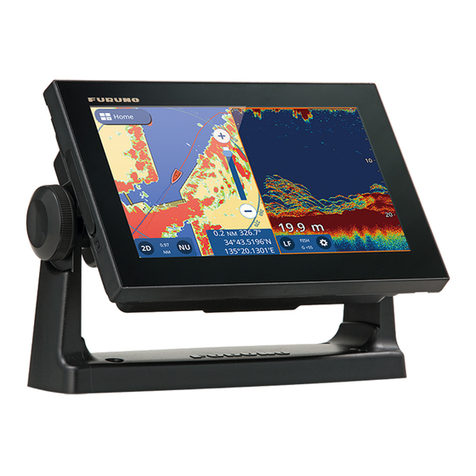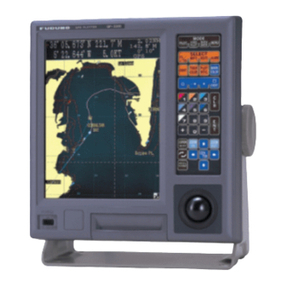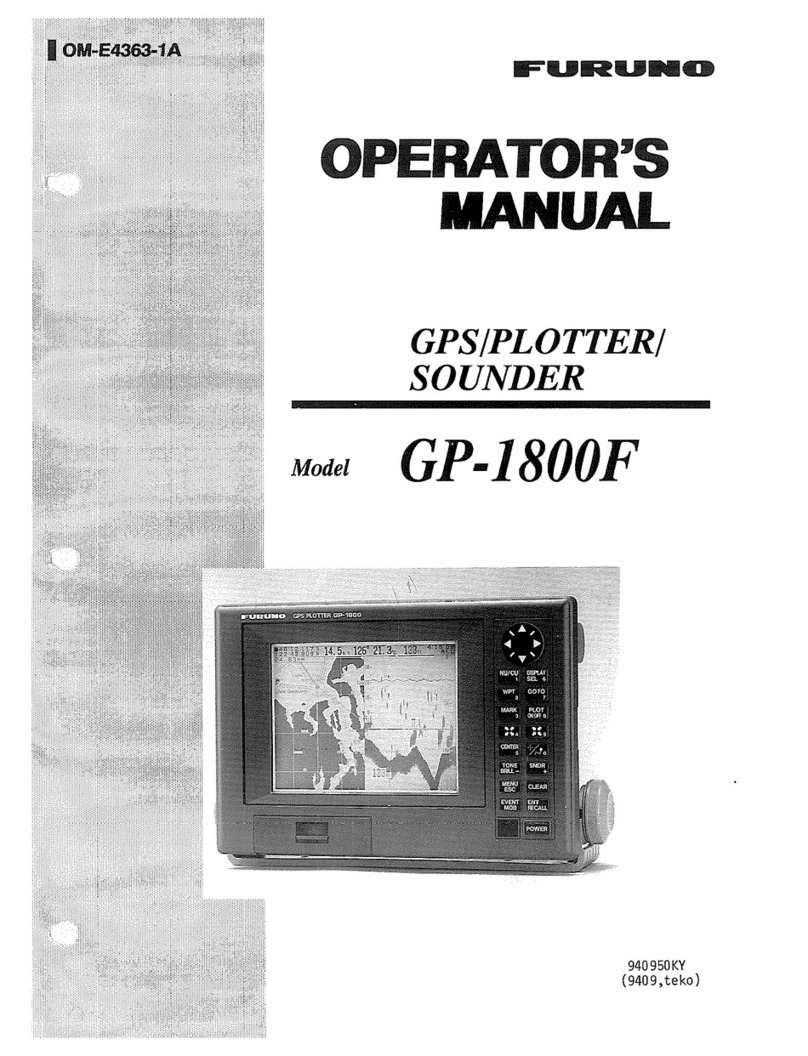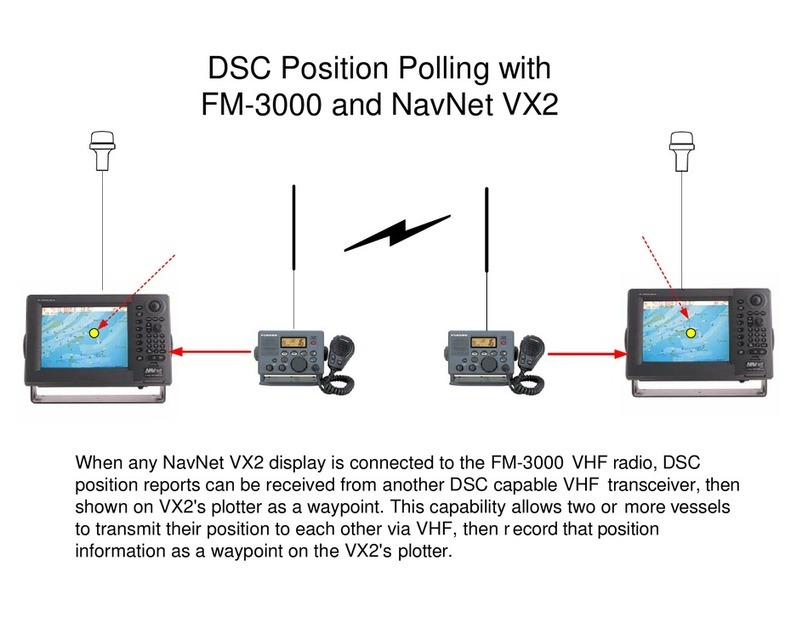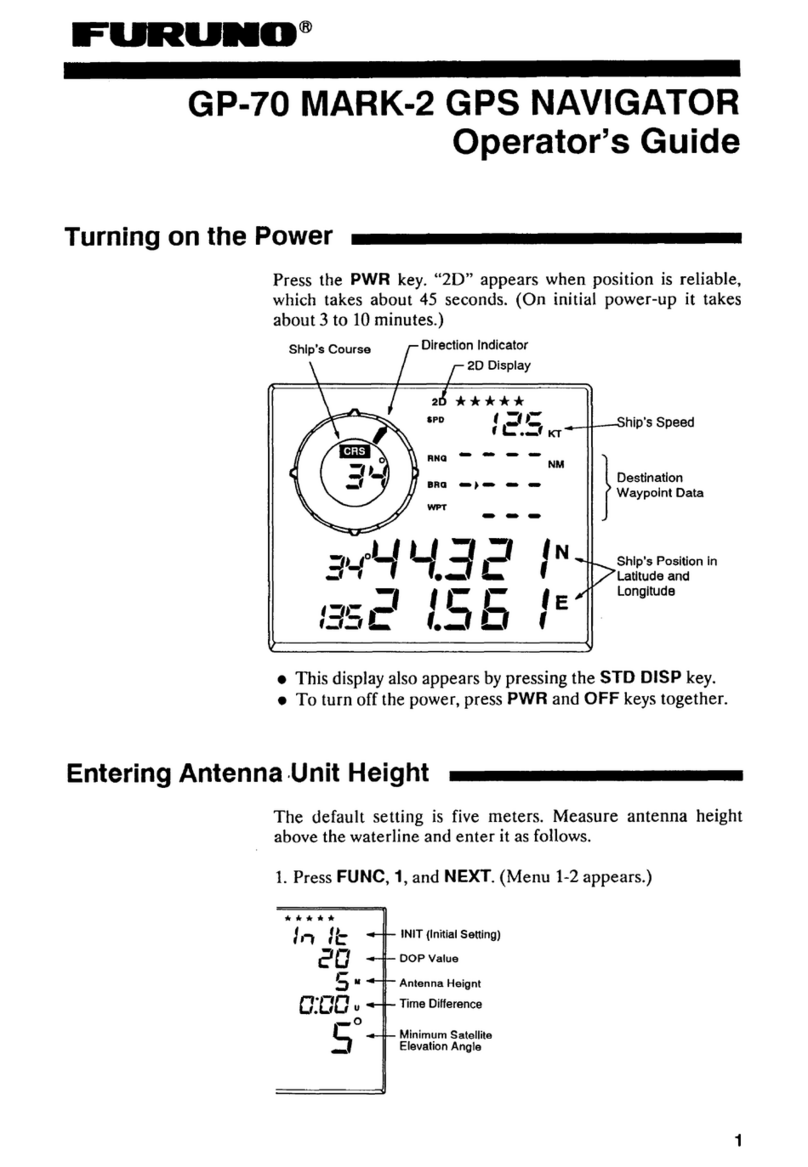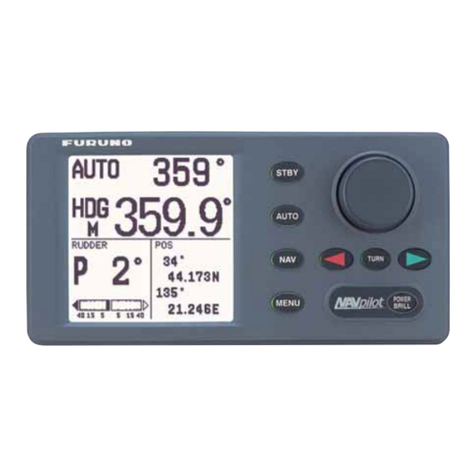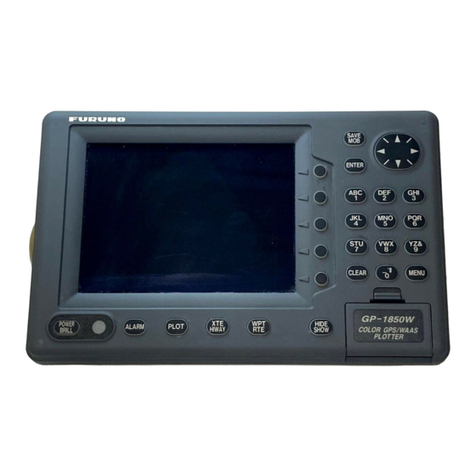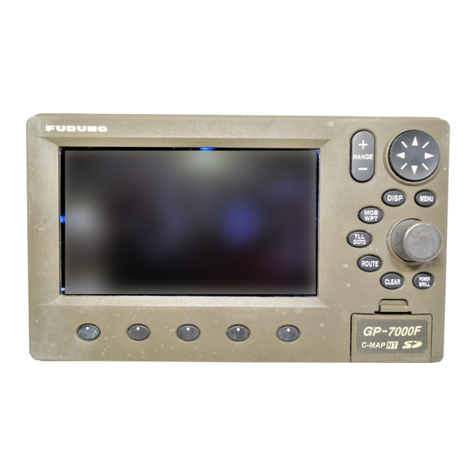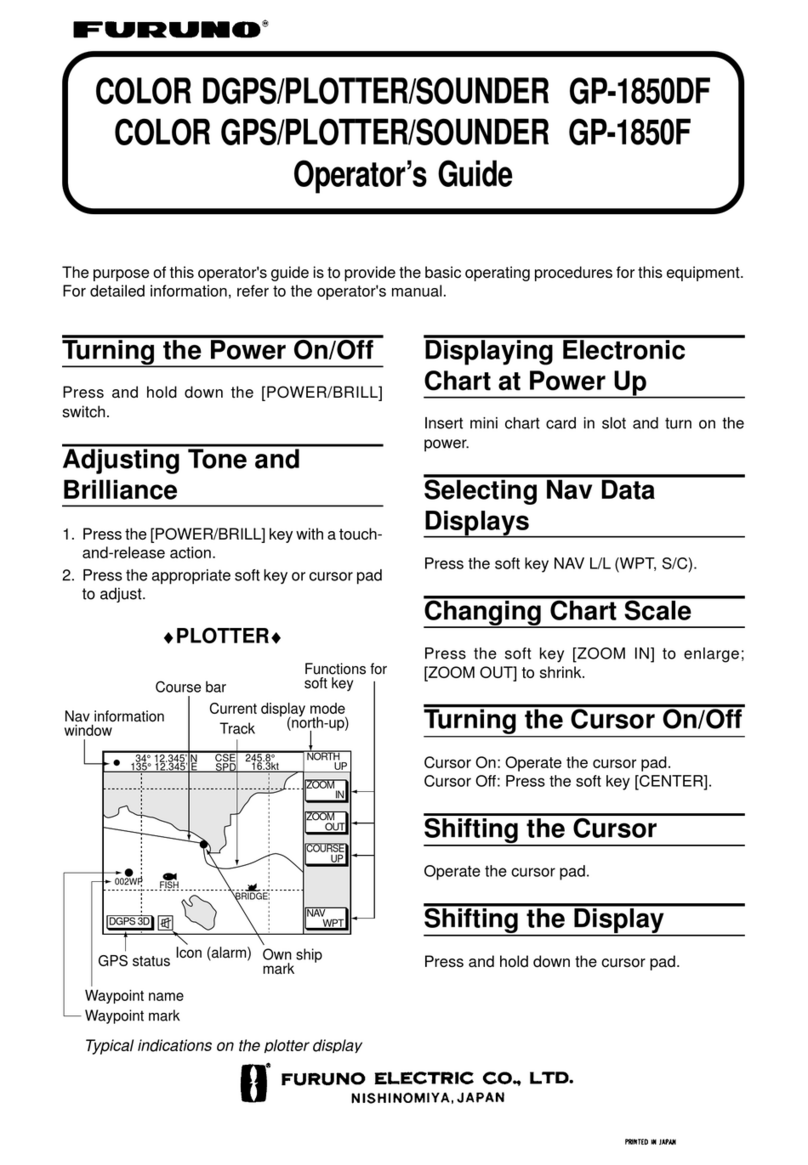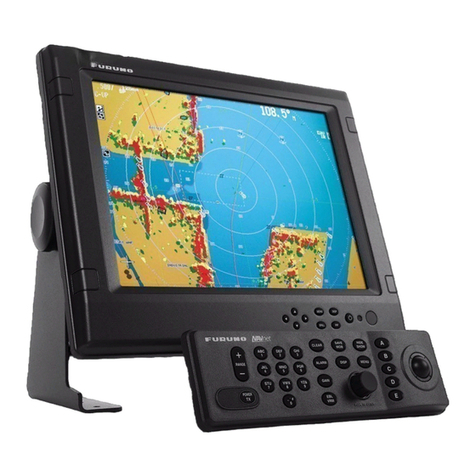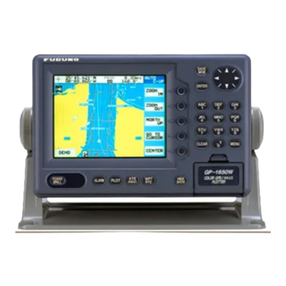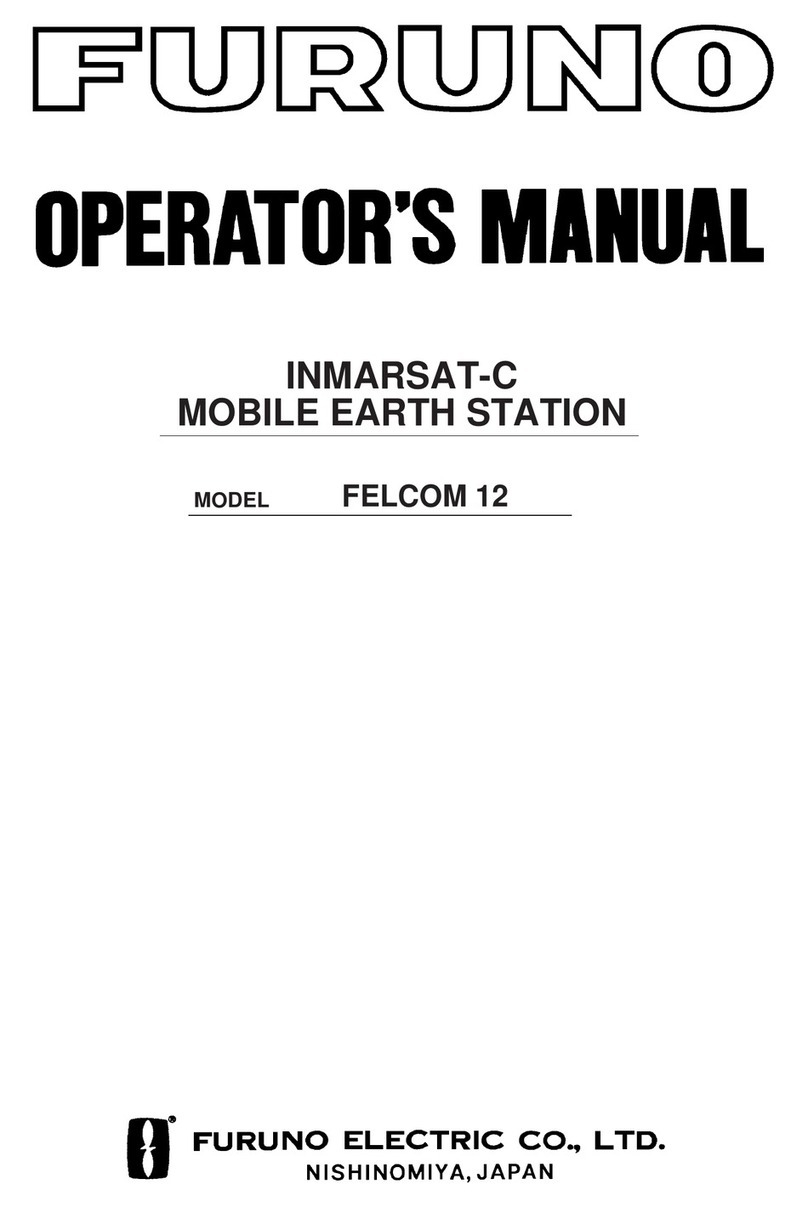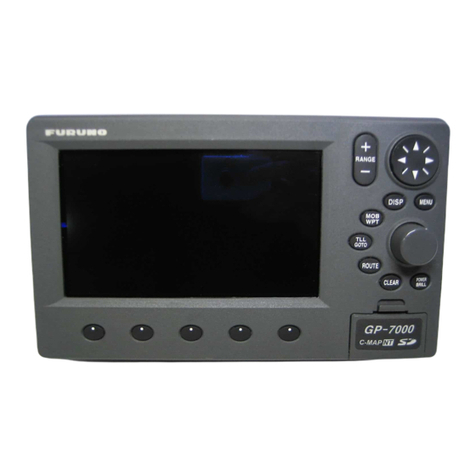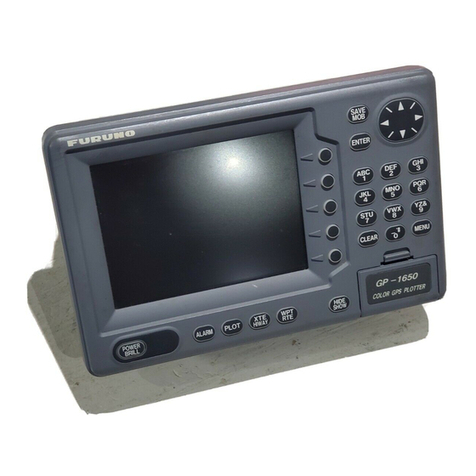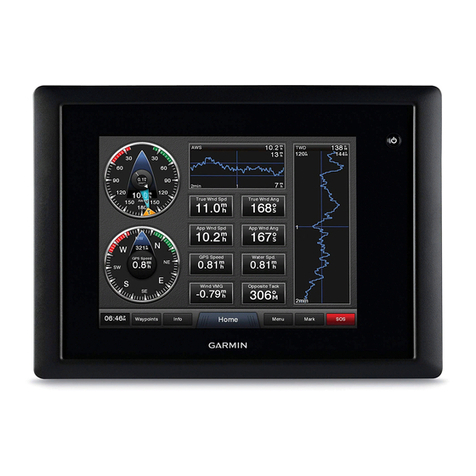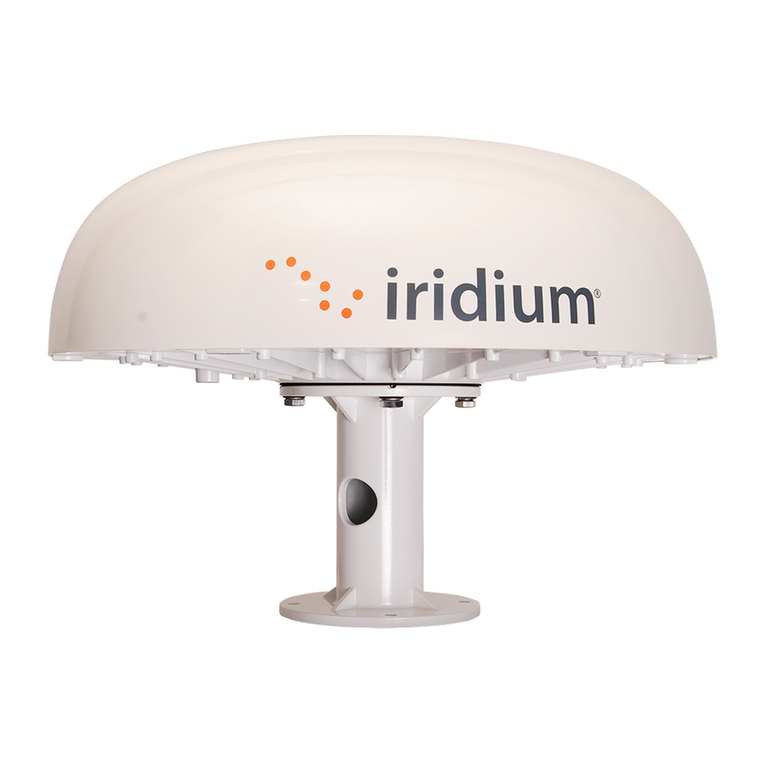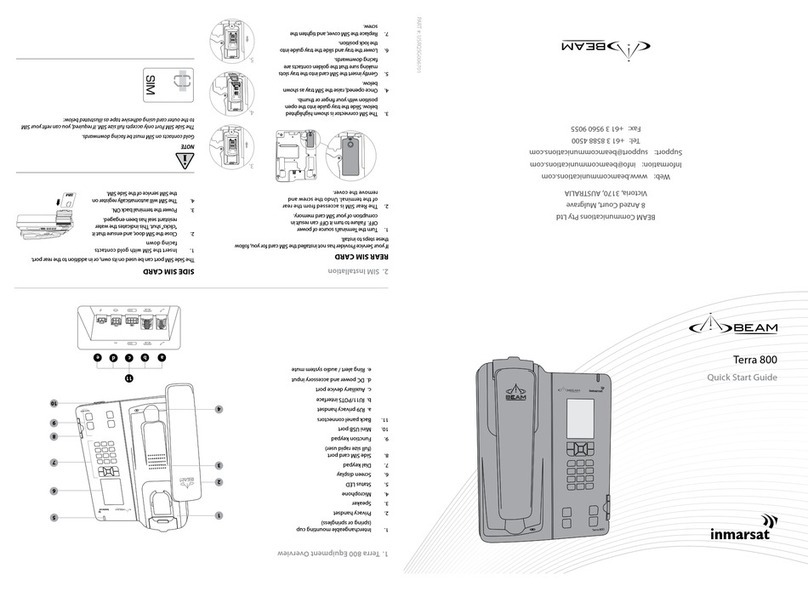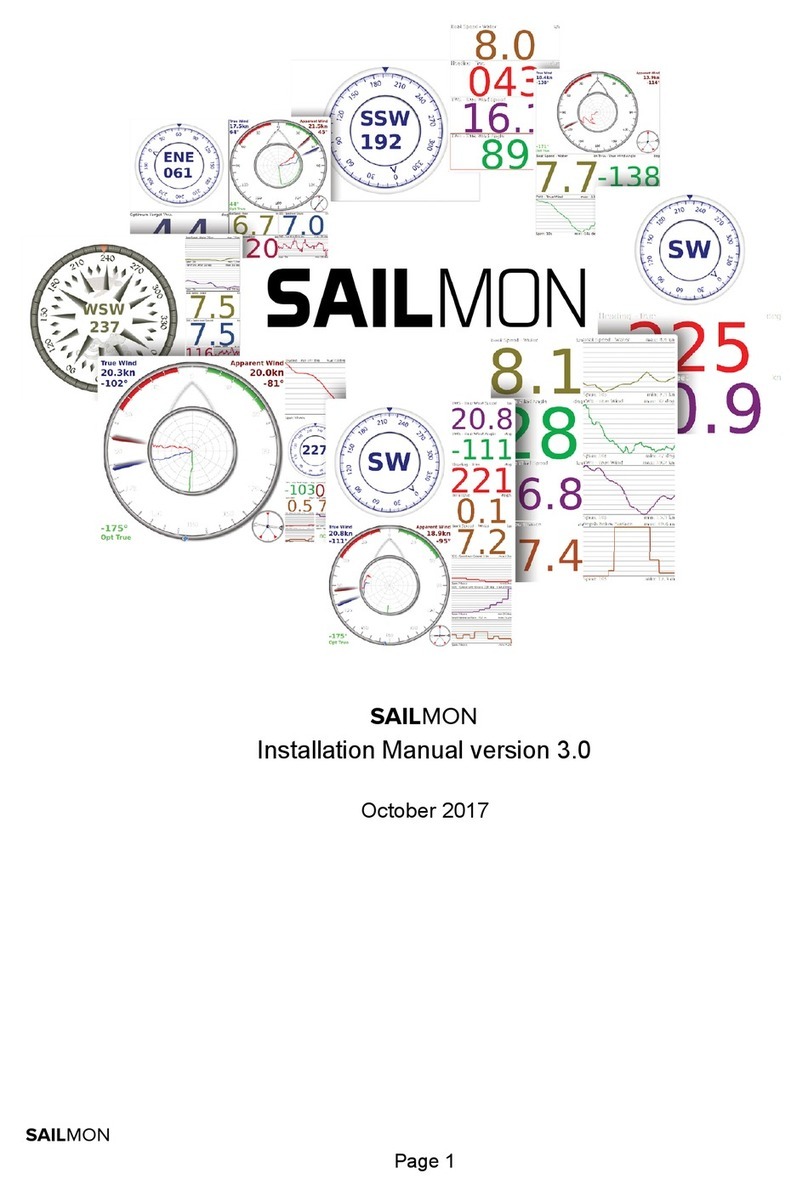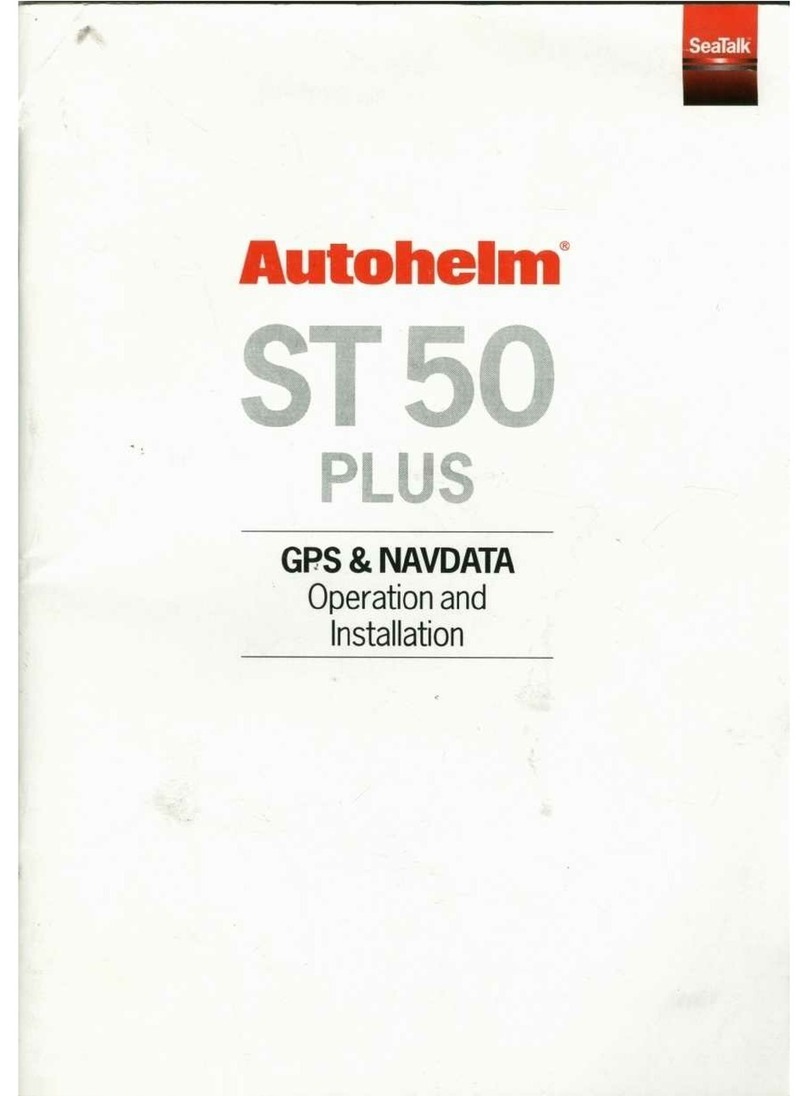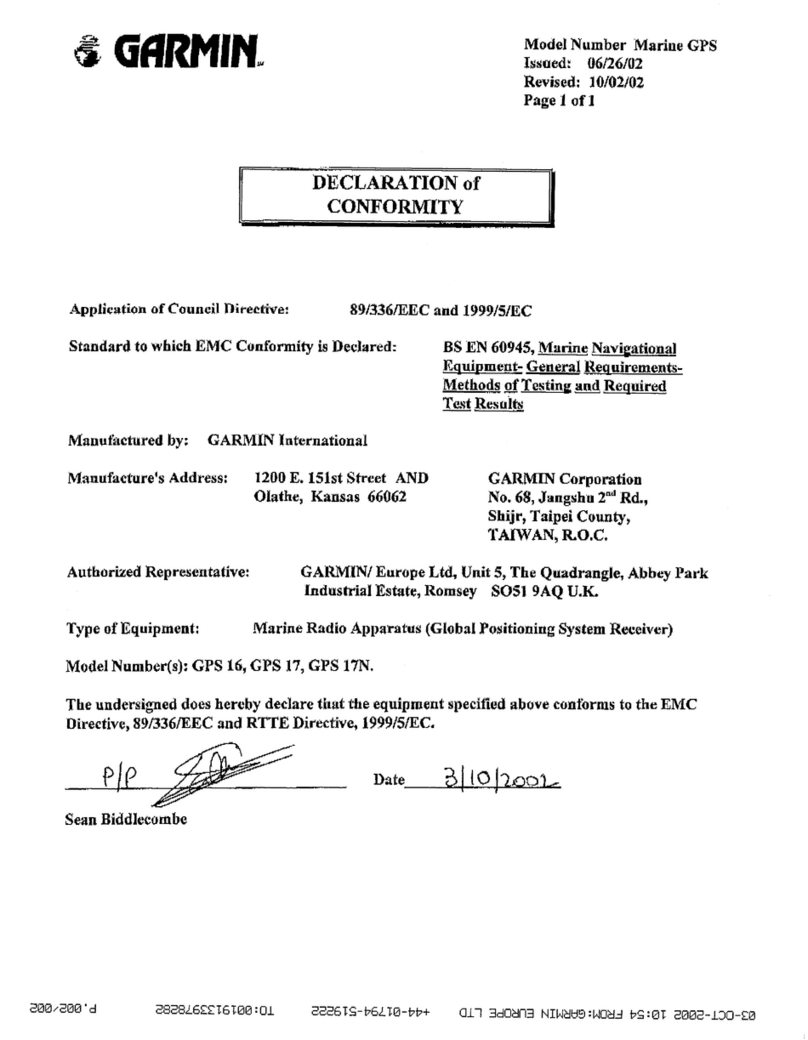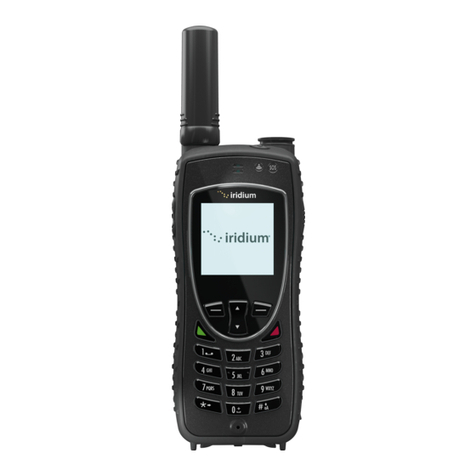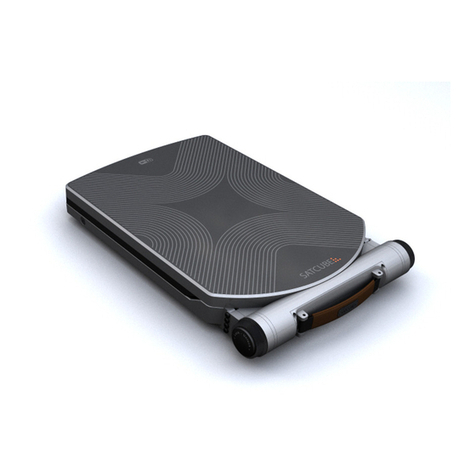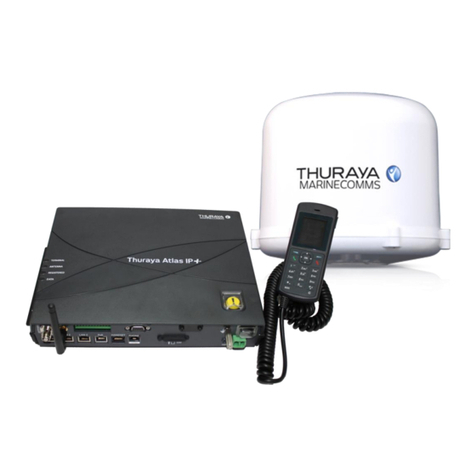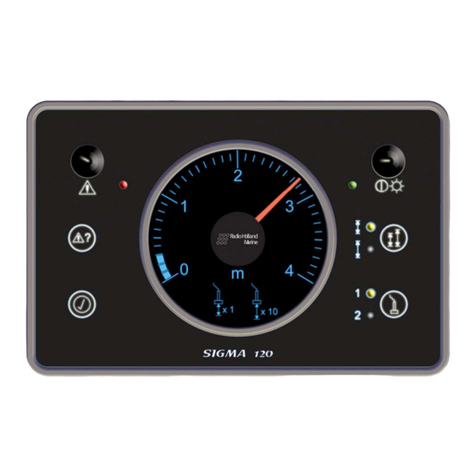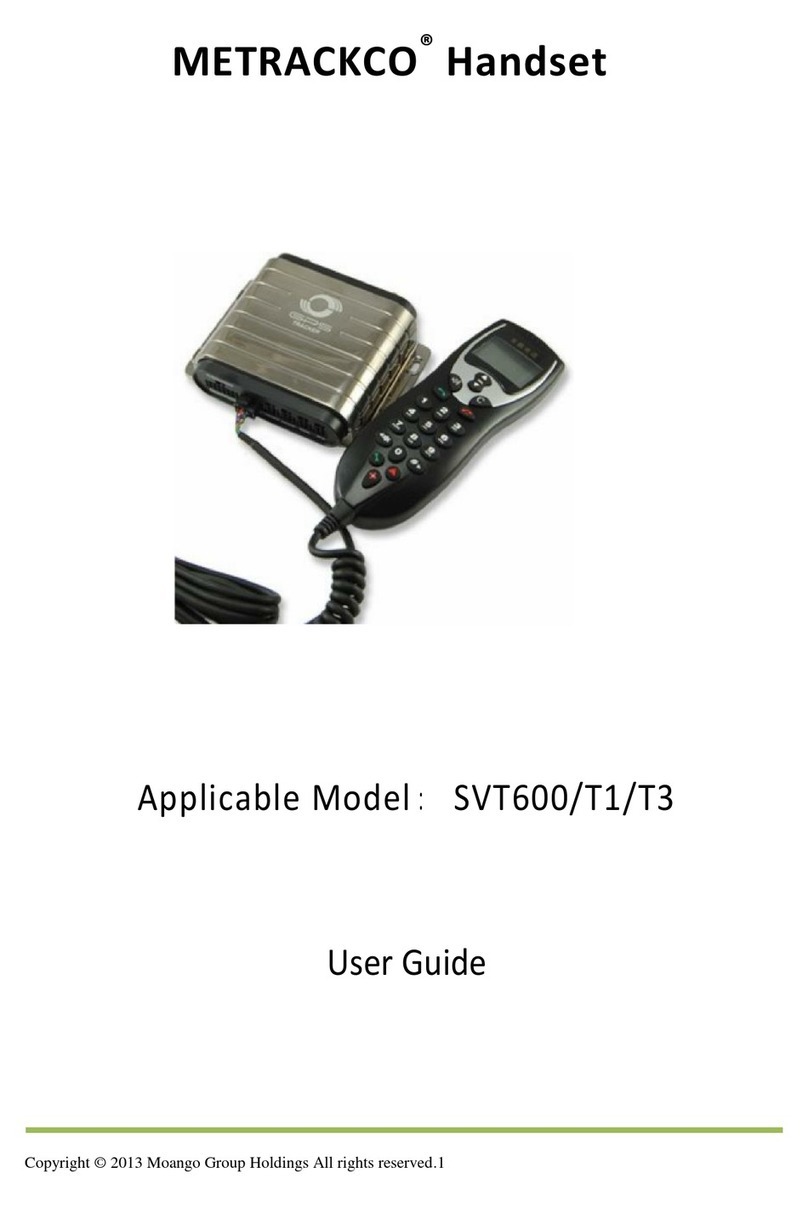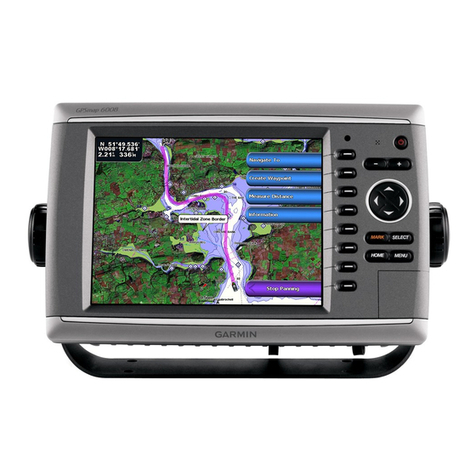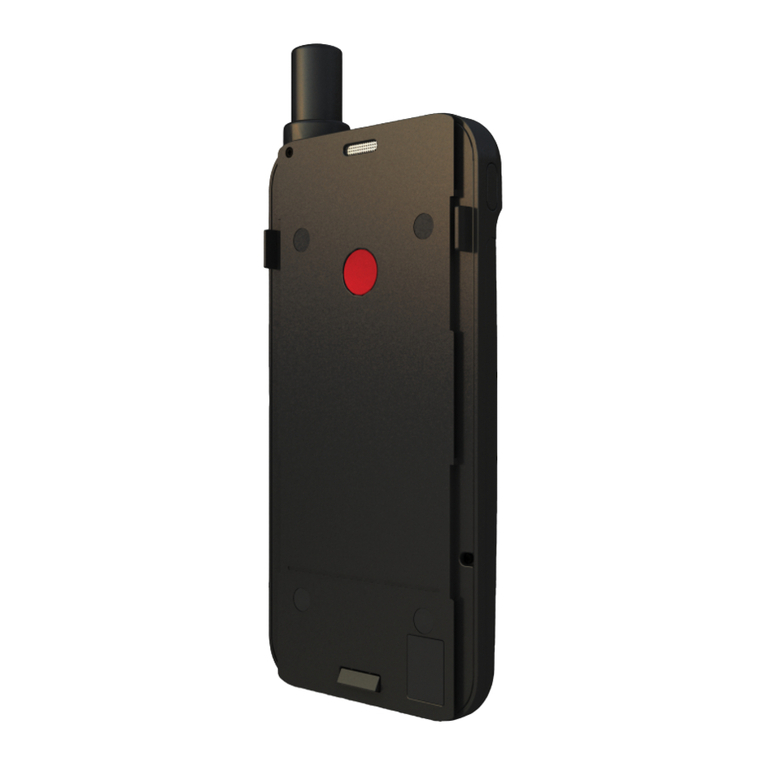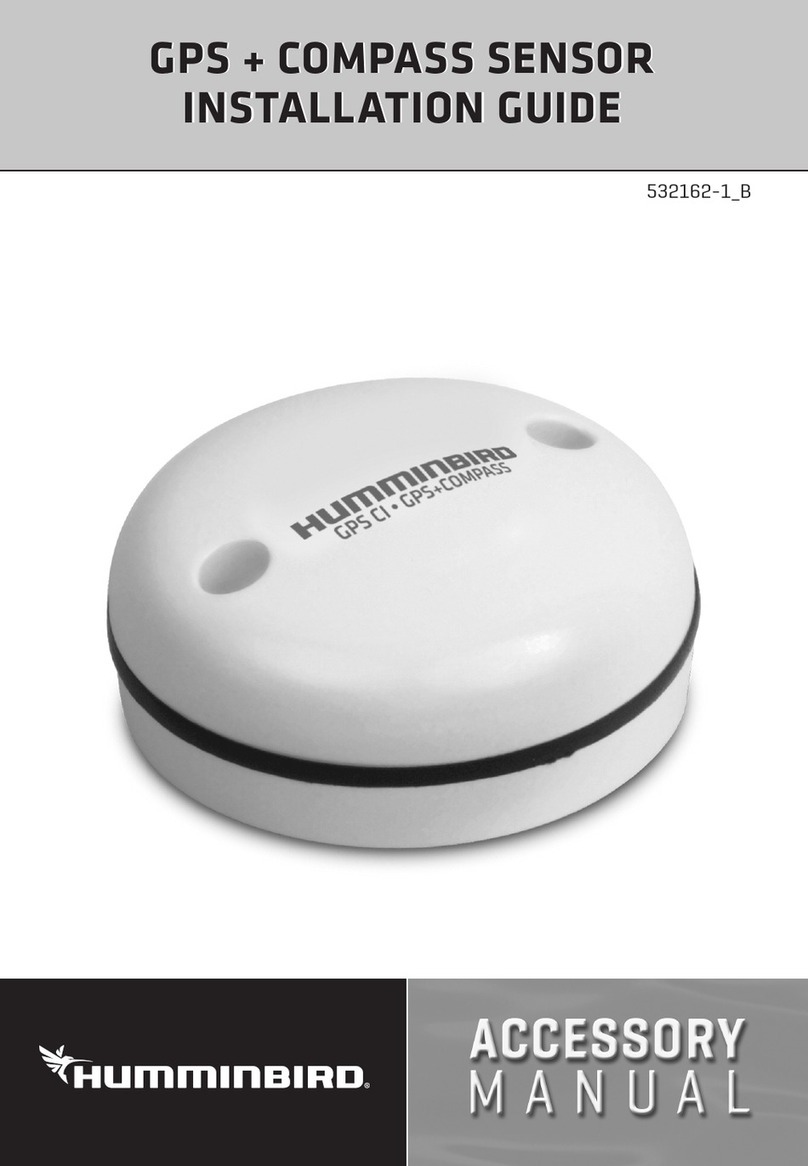
i
FOREWORD
A Word to GP-1610CF Owners.................iv
Features.......................................................v
System Configuration................................vi
INSTALLATION
1.1 Equipment Lists............................. 1-1
1.2 Installation of Standard
Equipment ..................................... 1-3
1.3 Installation of Transducers .......... 1-10
1.4 Installation of Optional
Sensors ........................................ 1-19
1.5 Connection of Optional
Equipment ................................... 1-21
1.6 Initial Settings ............................. 1-24
OPERATIONAL OVERVIEW
2.1 Control Description ....................... 2-1
2.2 Inserting Chart Cards .................... 2-2
2.3 Turning On/Off the Power............. 2-2
2.4 Adjusting Tone and Brilliance....... 2-3
2.5 Plotter Displays ............................. 2-3
2.6 Sounder Displays........................... 2-5
2.7 Basic Menu Operation................... 2-7
VIDEO SOUNDER OPERATION
3.1 Principle of Operation ................... 3-1
3.2 Automatic Sounder Operation....... 3-2
3.3 Manual Sounder Operation ........... 3-2
3.4 Suppressing Low Level Noise....... 3-3
3.5 Selecting Picture Advance
Speed ............................................. 3-4
3.6 Suppressing Interference ............... 3-4
3.7 Erasing Weak Echoes .................... 3-4
3.8 Changing Zoom Magnification
Factor............................................. 3-5
3.9 Selecting Hue
(color arrangement) ....................... 3-5
3.10 Measuring Depth ........................... 3-5
3.11 Knowing Depth Change by
Audible Chime .............................. 3-5
3.12 Selecting Unit of Depth
Measurement ................................. 3-6
3.13 Offsetting the Depth Readout........ 3-6
TABLE OF CONTENTS BY SUBJECT
3.14 Displaying the Water Temperature
Graph............................................. 3-6
3.15 Selecting Unit of Water
Temperature Measurement ............ 3-7
3.16 Offsetting Water Temperature
Readout.......................................... 3-7
3.17 Fish Alarm ..................................... 3-7
3.18 Bottom Alarm ................................ 3-8
3.19 Water Temperature Alarm ............. 3-8
3.20 Turning On/Off the Expansion
Range Marker ................................ 3-8
3.21 Receiver Sensitivity (gain)
Adjustment .................................... 3-9
3.22 Selecting Bottom-Lock
Expansion Width ........................... 3-9
3.23 Stopping Transmission .................. 3-9
3.24 Interpreting the Display............... 3-10
GPS, CHART OVERVIEW
4.1 Principle of GPS............................ 4-1
4.2 Presentation Mode......................... 4-3
4.3 Shifting the Cursor ........................ 4-3
4.4 Selecting Screen Center by
Cursor ............................................ 4-4
4.5 Shifting the Display....................... 4-4
4.6 Centering Position ......................... 4-4
4.7 Changing Chart Scale/Range ........ 4-4
4.8 Chart Cards.................................... 4-4
TRACK
5.1 Stopping/Restarting Plotting of
Track.............................................. 5-1
5.2 Changing Track Color ................... 5-1
5.3 Erasing All Track........................... 5-1
5.4 Changing Track Plotting
Interval .......................................... 5-2
5.5 Smoothing Track ........................... 5-2
MARKS
6.1 Entering Marks .............................. 6-1
6.2 Entering Event Marks.................... 6-1
6.3 Erasing Individual Marks .............. 6-2
6.4 Changing Mark Attributes............. 6-2
6.5 Entering the MOB Mark ............... 6-3
6.6 Erasing All Marks.......................... 6-3
6.7 Radar Target Mark......................... 6-4
